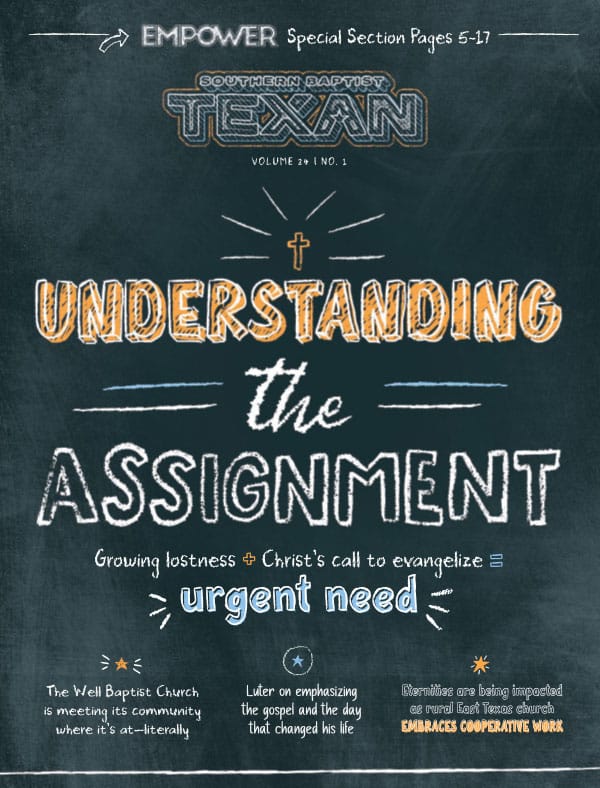WASHINGTON—The U.S. Supreme Court on Tuesday (Nov. 26) agreed to take up Sebelius v. Hobby Lobby Stores, Inc., a landmark case addressing the constitutional rights of businesses to operate without violating their religious convictions.
The high court accepted the federal government’s appeal of a June decision by the U.S. 10th Circuit Court of Appeals that a federal mandate to provide potentially life-terminating drugs and devices in employee insurance plans places a substantial burden on the religious freedoms of Hobby Lobby, which is solely owned by founder David Green and his family.
“This is a major step for the Greens and their family businesses in an important fight for Americans’ religious liberty,” said Kyle Duncan, general counsel of the Becket Fund for Religious Liberty and lead lawyer for Hobby Lobby. “We are hopeful that the Supreme Court will clarify once and for all that religious freedom in our country should be protected for family business owners like the Greens.”
In July, a lower federal court granted the Oklahoma City-based retail arts and crafts chain a preliminary injunction preventing the government from enforcing the HHS mandate requiring the family businesses to provide in the employee health insurance plan two drugs and two devices that are potentially life terminating.
The Greens and their family businesses, which also include a Christian bookstore chain, have no moral objection to providing 16 of the 20 FDA-approved contraceptives required under the HHS mandate and do so at no additional cost to employees under their self-insured health plan. But they took the unusual step in October of joining the government in asking the Supreme Court to review the case, despite the family’s victory in the 10th Circuit Court of Appeals.
Russell D. Moore, president of the Southern Baptist Ethics & Religious Liberty Commission, commented, “The Supreme Court’s consideration of the Hobby Lobby case is the most important religious liberty question in recent years. What’s at stake in this case is whether or not the Constitution guarantees the free exercise of religion.
“We cannot accept the theology lesson that the government has sought to teach us, that religion is merely a matter of what happens during the scheduled times of our services, and is left there in the foyer during the rest of the week. Our religious convictions aren’t reduced to mere opinions we hide in our heart and in our hymns. Our religious convictions inform the way we live.
“I pray the Supreme Court recognizes what the founders of this country saw, that religious liberty isn’t a gift handed to us by Uncle Caesar. Religious liberty is given to us by God and is inalienable. Let’s pray for the justices as they think through this monumentally important case.”
The ERLC filed a friend-of-the-court brief Oct. 21 calling for the Supreme Court to rule in favor of Hobby Lobby and other family-owned businesses that have conscientious objections to a regulation that requires employers to provide abortion-causing drugs for their employees. For-profit companies are not currently exempt from the HHS Mandate.
Meanwhile, Texas Attorney General Greg Abbott said in a statement, “Obamacare not only forces Americans to buy insurance they don’t want or need, it also forces businesses to subsidize or offer services contrary to their religious beliefs. Texas supports business owners’ freedom of religion by joining in the Amicus Brief for states in this case. The Obama Administration’s disregard for religious liberty violates the Constitution and should be rejected by the Supreme Court.”
Sebelius v. Hobby Lobby Stores, Inc. will be argued and decided before the end of the Supreme Court’s term in June 2014.
There are 84 lawsuits challenging the unconstitutional HHS mandate. In addition to Hobby Lobby, The Becket Fund represents Little Sisters of the Poor, Guidestone, Wheaton College, East Texas Baptist University, Houston Baptist University, Colorado Christian University, the Eternal Word Television Network,Ave Maria University, and Belmont Abbey College.
—Compiled from news releases from The Becket Fund, ERLC and the Texas attorney general’s office.
-30-












